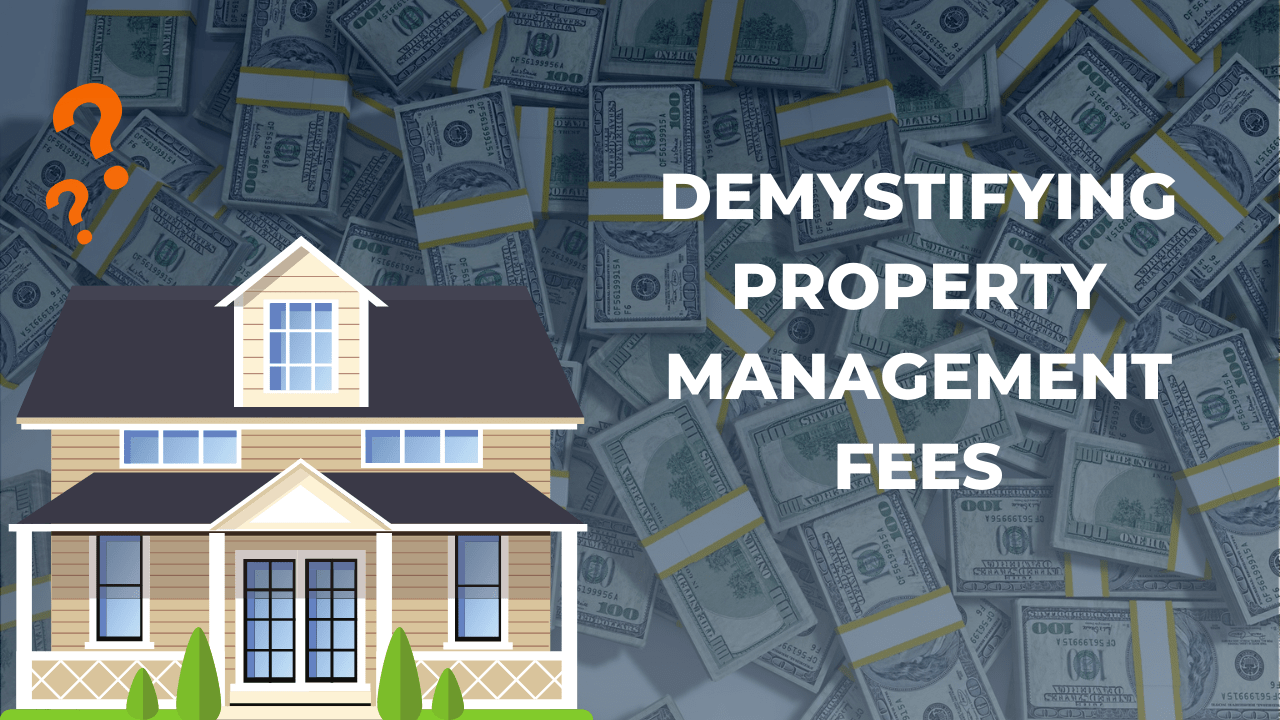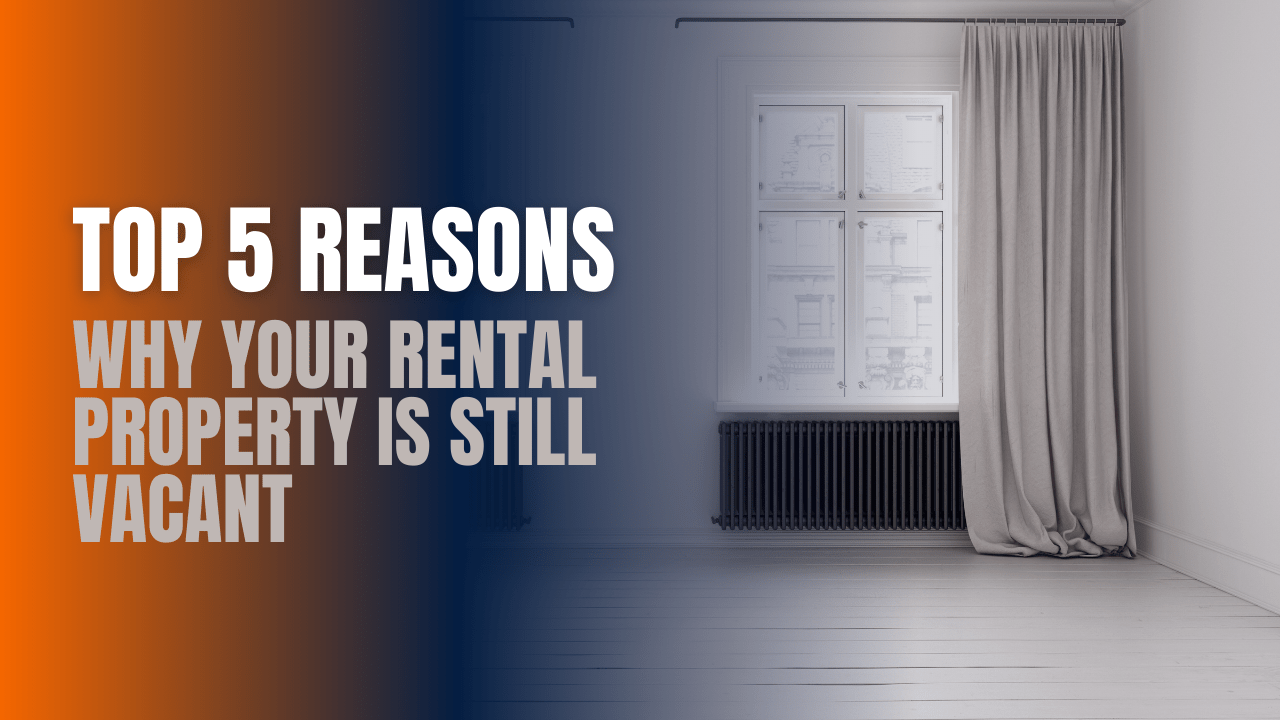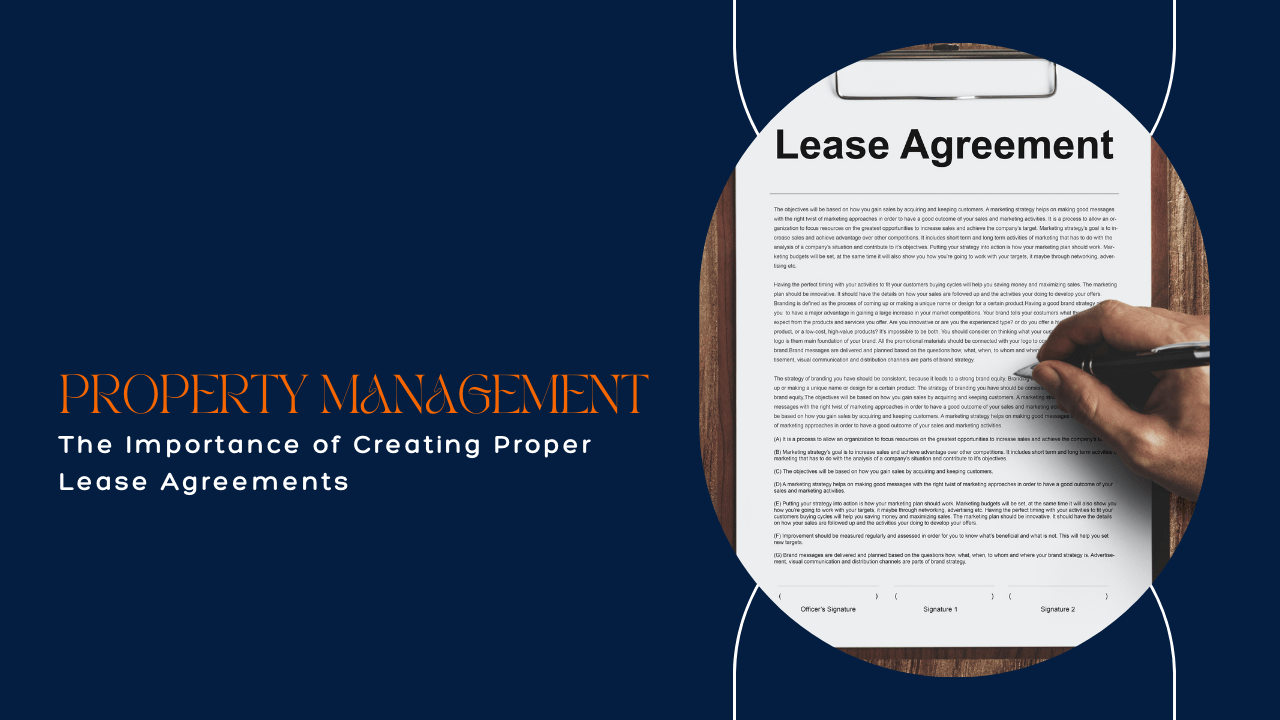For expert guidance for your Oceanside rental property, contact us at Onyx Property Management for personalized assistance and professional long-term management solutions.
Lease Agreements: Are Short-Term Leases Good for Real Estate Investors? | Oceanside Property Management Advice

Oceanside, CA, offers a varied rental market, making it suitable for different investment strategies. Its popularity as a beach destination fits with short-term rentals for tourists and business visitors. However, tourism can be unpredictable, as seen with the recent travel-restricting pandemic, which highlights the instability of the short-term rental market.
Experienced property management professionals in Oceanside, Onyx Property Management serves the entire county, including San Diego, Chula Vista, Oceanside, Carlsbad, and the surrounding areas. In our experience, long-term leases often emerge as the superior choice for a consistent return on investment (ROI) for real estate investors.
Here, we'll examine both long-term and short-term lease strategies to help you choose the best option for your Oceanside rental property.
Short-Term Leases
Short-term leases provide an appealing mix of flexibility and potential for higher rent, yet they also come with notable management challenges and risks. Such leases are ideal for situations where you need the option to adjust occupancy based on personal use or market demand. This makes them particularly attractive for properties that cater to vacationers or transient business professionals.
Pros:
- Flexibility: Utilizing short-term leases can be especially advantageous if you are temporarily relocating and plan to return to your home in the near future.
- Increased Revenue: Short-term rentals often command higher nightly or weekly rates compared to long-term leases.
Cons:
- Increased Workload: Managing short-term rentals requires constant engagement. You'll need to find new tenants regularly and ensure the property is pristine for each new occupant. This high turnover can be labor- and cost-intensive and stressful.
- Higher Vacancy Risks: Short-term rentals might not always have tenants, leading to times when the property is empty. This can result in significant income loss that could be avoided with a longer lease.
- Amenity Expectations: Short-term rentals need to be fully furnished and equipped with household essentials, including cooking utensils and linens. Providing high-quality amenities and maintaining utilities like Cable TV and Wi-Fi is essential and can be costly.
Long-Term Lease Agreements
Long-term
lease agreements are a superior choice for Oceanside property owners seeking stability and reduced rental management demands. By renting to a tenant for an extended period, investors often enjoy a steady flow of rental income and fewer turnovers, which simplifies the operational aspects and costs of property management in the San Diego area.
Pros:
- Tenant Stability: Long-term tenancies tend to offer more reliability in steady rental income as well as quality renters who take care of the property as if it were their own. They also reduce the frequency of tenant search and property turnovers.
- Lower Management Intensity: With longer leases, the day-to-day demands of property management decrease. Relationships built with tenants over time can lead to better care of the property and fewer management issues.
Cons:
- Potentially Lower Rent: While long-term leases offer steady income, they often don’t earn as much per day as short-term stays that might be priced higher for those brief periods.
- Lease Termination Challenges: Ending a long-term lease can be tricky and costly. You have to follow specific California laws that protect tenants, which can make the process of ending a lease early more complicated and potentially more expensive than with short-term leases.
Making Your Choice: Financial Analysis of Your Rental Investment
Ultimately, the decision between short- and long-term rentals depends on your objectives: maximizing rent through high turnover or achieving a stable, predictable income with fewer tenant placements and turnover costs. Each strategy has its merits and challenges, and the right choice varies based on personal circumstances, financial implications, location of the property and market conditions.
By evaluating income and expenses, Oceanside real estate investors can gain a comprehensive understanding of a property's financial health and optimize their investment strategy accordingly. Analyzing data throughout different seasons helps identify demand fluctuations, particularly relevant for short-term leases in vacation destinations where occupancy and rates can vary significantly. Investors can also evaluate the stability of revenue and the financial impact of periodic and unexpected expenses.
Which income and expense categories should be considered in this financial analysis? We’ve provided a list for you below.
Income
- Rental Income: The primary source of revenue, including monthly rent payments from tenants. For short-term leases, this would include nightly or weekly fees.
- Additional Fees: Depending on the rental agreement, this can include pet fees, parking fees, service fees, or late payment fees.
Expenses
- Mortgage Payments: If the property is financed, these monthly payments are a significant expense.
- Property Taxes: These are annual expenses but can significantly impact the net income from the property.
- Insurance Costs: Property insurance and possibly additional insurance like flood or earthquake insurance, depending on the location.
- Utility Costs: Includes water, electricity, gas, sewer, trash services and cable/internet. In some rental agreements, these costs are covered by the tenants, but in short-term rentals, they are usually paid by the property owner.
- Property Management Fees: If a property management company is used, fees typically range from 8% to 12% of the monthly rental income.
- Maintenance and Repairs: Regular maintenance costs to keep the property in good condition, plus any repair costs for damages that occur. These recurring maintenance expenses such as a gardener or pool service, are usually paid for by the owner.
- Capital Expenditures (CapEx): Larger expenses for replacing or improving major components of the property, like roofs, HVAC systems, or renovations. These aren't annual expenses but should be planned for on a multi-year basis.
- Marketing and Advertising: Costs associated with attracting new tenants, especially relevant in short-term rentals where turnover is high.
- Legal and Professional Fees: Expenses for legal advice, evictions, contract drafting, and other professional services.
- Vacancy Costs: Lost income from periods when the property is unoccupied. This is particularly important for short-term rentals where vacancy rates can be higher.
Optional/Additional Considerations
- Amenity Costs: Expenses related to providing furnished accommodations in short-term rentals, including linens, kitchenware, and technology like Wi-Fi and cable.
- Cleaning Fees: In short-term rentals, cleaning fees are often passed onto the guests, but the management and scheduling are costs to the owner.
- Property Depreciation: While not a cash expense, depreciation is a significant accounting item that can affect the taxable income from property investments.














